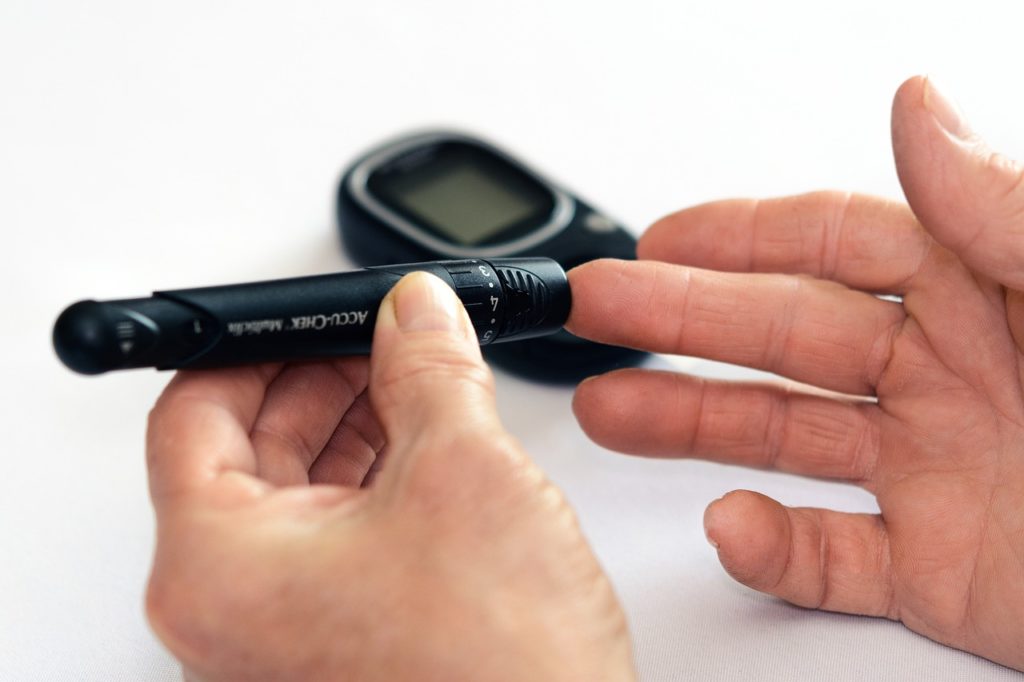A new meta-analysis combining 22 studies, to be presented at this year’s Annual Meeting of the European Association for the Study of Diabetes (EASD) in Hamburg, Germany (2-6 October), shows that tirzepatide is superior to semaglutide for both control of blood sugar and in terms of amount of body weight lost by patients. The study is by Dr Thomas Karagiannis, Aristotle University of Thessaloniki, Thessaloniki, Greece, and colleagues.
Semaglutide is approved for treatment of type 2 diabetes and also obesity/weight loss management. Tirzepatide has been approved for treating type 2 diabetes and its manufacturers have submitted applications for its approval for obesity/weight loss management. There are few randomised controlled trials (RCTs) directly comparing subcutaneous tirzepatide with subcutaneous semaglutide*. In this new research, the authors combined the data from 22 available trials to perform a meta-analysis to compare tirzepatide with semaglutide in terms of their efficacy and safety in people with type 2 diabetes.
The authors searched Medline and the Cochrane Library for RCTs that assessed a maintenance dose of subcutaneous tirzepatide 5, 10, or 15 mg once-weekly or subcutaneous semaglutide 0.5, 1.0, or 2.0 mg once-weekly for at least 12 weeks. Comparators were any of the eligible doses of tirzepatide and semaglutide, placebo, and also other glucose-lowering drugs provided they were directly compared to tirzepatide and semaglutide in at least one trial. The meta-analysis then calculated any differences in effects on HbA1c (glycated haemoglobin, a measure of blood sugar control), body weight, and also the risk of adverse events.
The 22 RCTs included data from 18,472 patients, all with a diagnosis of type 2 diabetes. The authors found that tirzepatide 15 mg was the most efficacious in reducing HbA1c versus placebo (mean difference -2.00%), followed by tirzepatide 10 mg (-1.86%) and semaglutide 2.0 mg (-1.62%). Each of the three tirzepatide doses reduced HbA1c more than the respective low-, medium-, and high-dose of semaglutide. Versus placebo, tirzepatide was more efficacious in reducing body weight (-10.96 Kg, -8.75 Kg, and -6.16 Kg for tirzepatide 15, 10, and 5 mg respectively) than semaglutide (-5.24 Kg, -4.44 Kg, and -2.72 Kg for semaglutide 2.0, 1.0, and 0.5 mg respectively) (Figure in full abstract, link below). Regarding between-drug comparisons, both tirzepatide 10 and 15 mg were more efficacious in lowering body weight versus semaglutide 0.5, 1.0, and 2.0 mg, while tirzepatide 5 mg was more efficacious versus semaglutide 0.5 and 1.0 mg.
Although not in the linked abstract below, the authors have been able to provide results for change in body weight from the analyses comparing tirzepatide and semaglutide (rather than versus placebo as shown in the figure in the abstract). These numerical values will be presented in the oral presentation in the congress.
The actual differences in change in body weight (mean difference) for the following comparisons are (using data from the above paragraph and abstract figure):
- Tirzepatide 15 mg versus semaglutide 2.0 mg = -5.72 Kg (ie, a mean of 5.72kg more weight lost in those taking tirzepatide 15 mg versus those taking semaglutide 2.0 mg)
- Tirzepatide 10 mg versus semaglutide 2.0 mg = -3.52 Kg
- Tirzepatide 5mg versus semaglutide 1.0 mg = -1.72 Kg
The authors explain: “In summary the three tirzepaide doses were more effective than the 3 respective semaglutide doses, with the difference between the two drugs being larger with the higher doses.”
As compared to placebo, all doses of tirzepatide and semaglutide increased risk for gastrointestinal adverse events, with tirzepatide 15 mg yielding the highest increased risk (3.6 times) for nausea, vomiting (4.4 times) and diarrhea (double the risk). Between-drug comparisons yielded non-statistically significant results, except for tirzepatide 15 mg versus semaglutide 1.0 mg (39% increased vomiting risk) and 0.5 mg (85% increased vomiting risk), and tirzepatide 15 mg versus semaglutide 0.5 mg (45% increased risk of nausea). There was no difference between tirzepatide, semaglutide and placebo regarding risk for serious adverse events.
The authors conclude: “In people with type 2 diabetes, tirzepatide 5, 10, and 15 mg were more efficacious in reducing HbA1c compared to semaglutide 0.5, 1.0, and 2.0 mg, respectively. Tirzepatide also was also more effective for weight loss than semaglutide, with a larger weight-loss effect at higher doses. High-dose tirzepatide (15 mg) was associated with increased risk for vomiting versus low- and medium-dose semaglutide.”
*Note to editors: Of the 22 trials included in the meta-analysis, there are 2 RCTs comparing tirzepatide with semaglutide (SURPASS-2 and another smaller trial). Both trials were included in the meta-analysis. The 20 remaining rials compared either semaglutide or tirzepatide with a common comparator (placebo or basal insulin or other GLP-RA-1 drugs) and were used to produce indirect comparisons between tirzepatide and semaglutide.
This press release is based on an early release of oral presentation 5 at the European Association for the Study of Diabetes (EASD) Annual Meeting in Hamburg, 2-6 October. All accepted abstracts have been extensively peer reviewed by the congress selection committee. There is no full paper at this stage, but the authors are happy to answer your questions. The research has not been submitted to a medical journal for publication. As it is an oral presentation there is no poster available.


